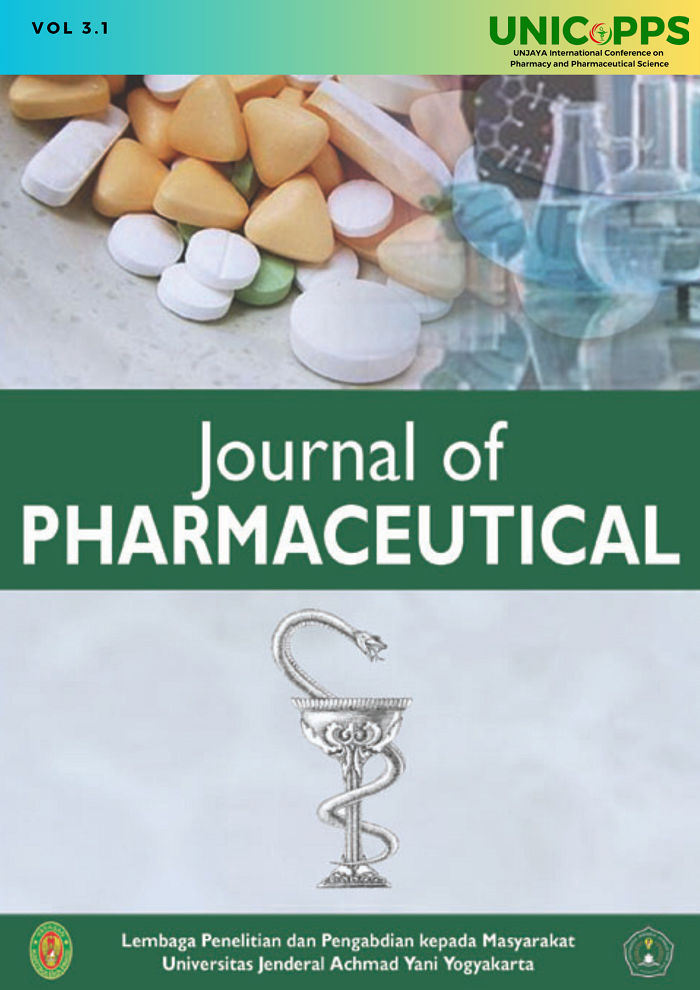Formulasi Sabun Padat Berbasis Ekstrak Etanol Daun Pegagan (Centella asiatica (L.) Urban) dan Evaluasi Karakteristik Fisik
DOI:
https://doi.org/10.30989/jop.v3i1.1641Keywords:
Centella asiatica leaves, Ethanol extract , Solid soap, Physical propertiesAbstract
Background: Infections caused by Staphylococcus aureus remain prevalent in Asia, with reported rates ranging from 18% to 30%. These bacteria commonly colonize the skin, respiratory, and gastrointestinal tracts. Centella asiatica is a medicinal plant recognized for its antibacterial activity, primarily due to its bioactive constituents, including flavonoids, tannins, saponins, triterpenoids, and alkaloids. Topical applications of C. asiatica may be enhanced through formulation into solid soap.
Objective: This study aimed to identify the optimal concentration of Centella asiatica ethanol extract in solid soap formulations to achieve desirable physicochemical properties and cleansing efficacy.
Method: Ethanol extracts of C. asiatica leaves were obtained by maceration using 70% ethanol. Solid soap was formulated with extract concentrations of 2%, 2.5%, and 3%. The formulations were evaluated for organoleptic characteristics, homogeneity, pH, foam height, and cleansing performance. Descriptive analysis was used to interpret the findings.
Results: All soap formulations met acceptable physical quality standards, including uniform texture, stable pH, and adequate foam production. The 2.5% and 3% extract concentrations exhibited superior cleansing ability compared to the 2% formulation.
Conclusion: The concentration of Centella asiatica extract significantly influences the quality and functionality of solid soap. Extract levels of 2.5% and 3% yielded formulations with optimal physical properties and effective cleansing performance.



